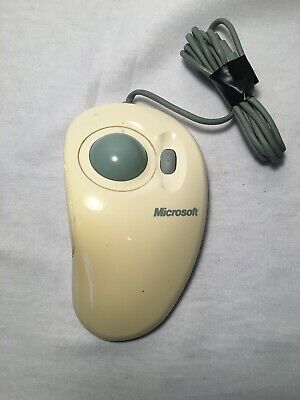
What Makes the Rival 3 a "Gaming" Mouse?
A quick explanation of what makes a gaming mouse sensor different from a standard mouse.

How much do you know about the sensor inside your mouse? If you're not a pro gamer, does it really matter what sensor is in there? Yes. Here's why:
A tale of two mice
Look at these mice. The one on the left is a generic PC mouse that you'd grab at the store, and the mouse on the right is a Rival 3.

A mouse is a mouse, right?
You may not know a ton about the tech and specs inside your mouse. Outside of techies and professional players, most folks don't particularly need to know much: just move the mouse to move the cursor, and adjust the sensitivity to your liking. As long as that is happening, a mouse is doing it's job, right?
When it comes to browsing the internet or doing work, that's about all you need.
Gaming demands more
But what if you move the mouse really fast, like when you're making a flick shot (shown below)? Or what if you're lifting and readjusting the mouse as you rotate your character?
Not every standard mouse sensor can keep up with these more "advanced" movements. This means that your cursor can end up failing to correctly match the movement of the mouse, or even cause your cursor to spin out or skip when you most need it most. Here's an example of a mouse sensor getting "confused" in an FPS:
Now imagine that kind of spin-out when you're in an intense 1v1 situation. You don't need to be a pro to want your mouse to perform as intended. That's why you'd use a gaming mouse for its advanced sensor capabilities, as well as other quality of life features like durability and build quality.
What defines a "gaming" mouse?
The short answer is that there is not an "official" definition of a gaming mouse that sets it apart from a standard "office" mouse. There is no industry standard baseline for durability, appearance, shape, or performance. Because of this, you could technically call any mouse a gaming mouse, regardless of durability, performance, features, etc.

Different brands have different approaches their definition of a "gaming mouse". Perhaps just slapping some RGB on an otherwise standard office performance mouse makes it a gaming mouse.
With the Rival 3, we wanted to exceed all expectations of a $30 mouse, and that didn't just mean slapping on some clean RGB's and making it 3x as durable as it's competitors. We also aimed to give it a sensor that could keep up with the most intense gameplay.

Numbers to look for
Some brands artificially inflate their CPI/DPI numbers, so it's more reliable to start by looking at the speed that a mouse can track, since that's harder to fake. Mouse speed is measured in IPS, or Inches Per Second.
(Obviously, a sensor's performance is about more than just IPS, but it's a good place to start. Aside from speed, there are lots of other factors that make a sensor reliable, like signal processing and acceleration.)
Most beginner gaming mice have somewhere around 200 IPS, give or take. This means that you can move the mouse 16 feet (5 meters) per second without it getting confused.
However, we thought this was a bit low, since the human hand is capable of moving much faster than that. So we increased that baseline by 50% to 300 IPS on the Rival 3. This means that it tracks reliably at a speed of 25 feet (7.6 meters) per second.
(Pro tip: If you can't find the IPS number for a mouse, chances are it's a really low number that a brand doesn't want you to see.)
Why doesn't everyone do this?
Since there's no official baseline gaming mice, you could just stick the cheapest possible sensor and components in a mouse and call it a gaming mouse. You could even artificially inflate the sensor specs to seem like a better mouse.
With the Rival 3, our goal was to put as much performance and durability as we could into a $30 mouse, making it reliable for virtually any gamer. Technology has become far more advanced and cost-efficient over time, which has allowed us to put this kind of premium quality into a budget-friendly mouse.
(Consider, for example, 1GB of hard drive space used to cost thousands of dollars, and now that same amount of space costs pennies.)
We could not have made a mouse this good at this price 10 years ago. But now it's possible, so we created the Rival 3, and we genuinely hope you enjoy it as much as we do.

Read More: